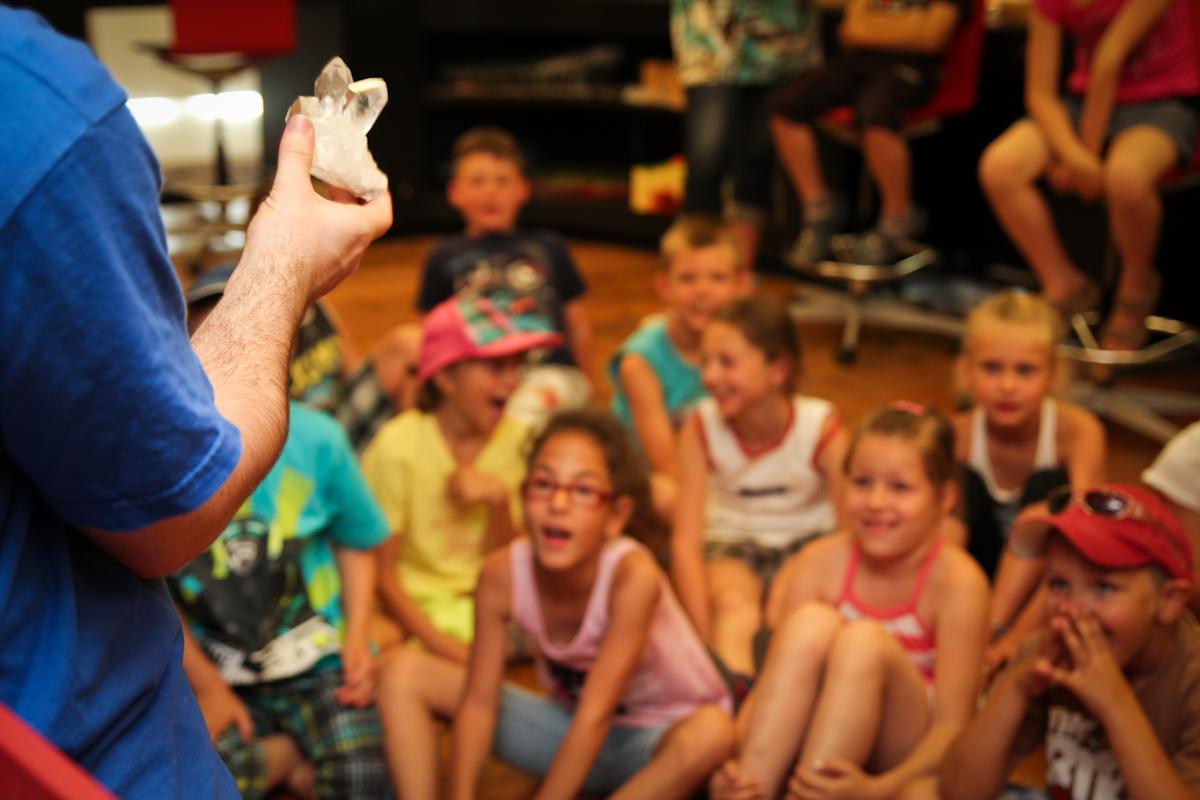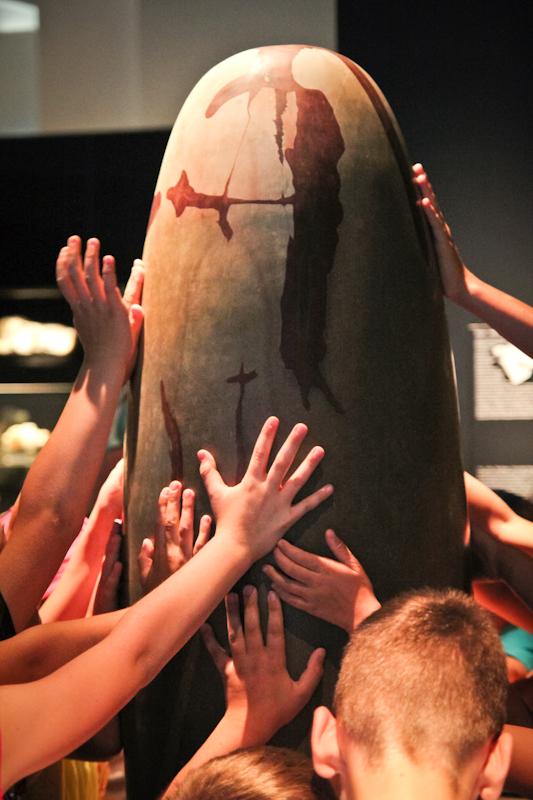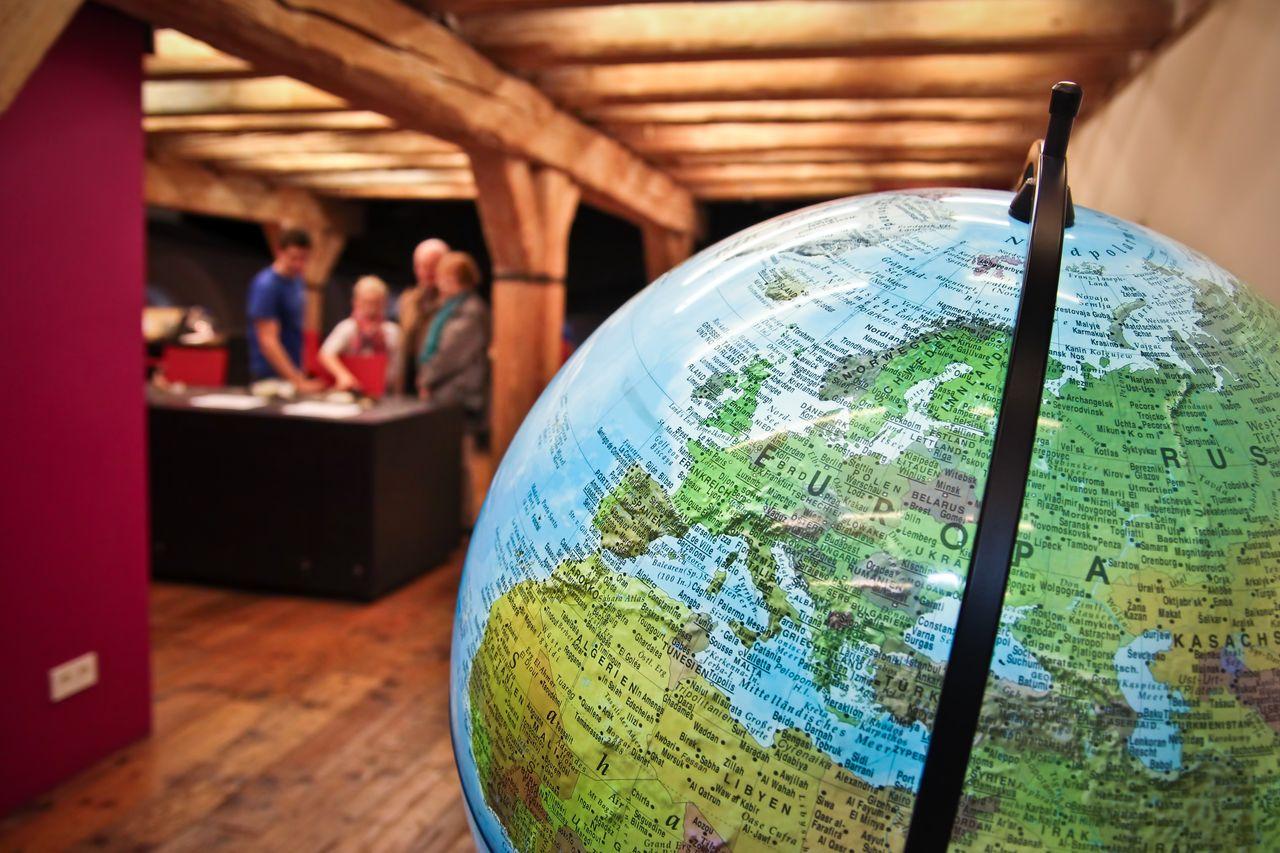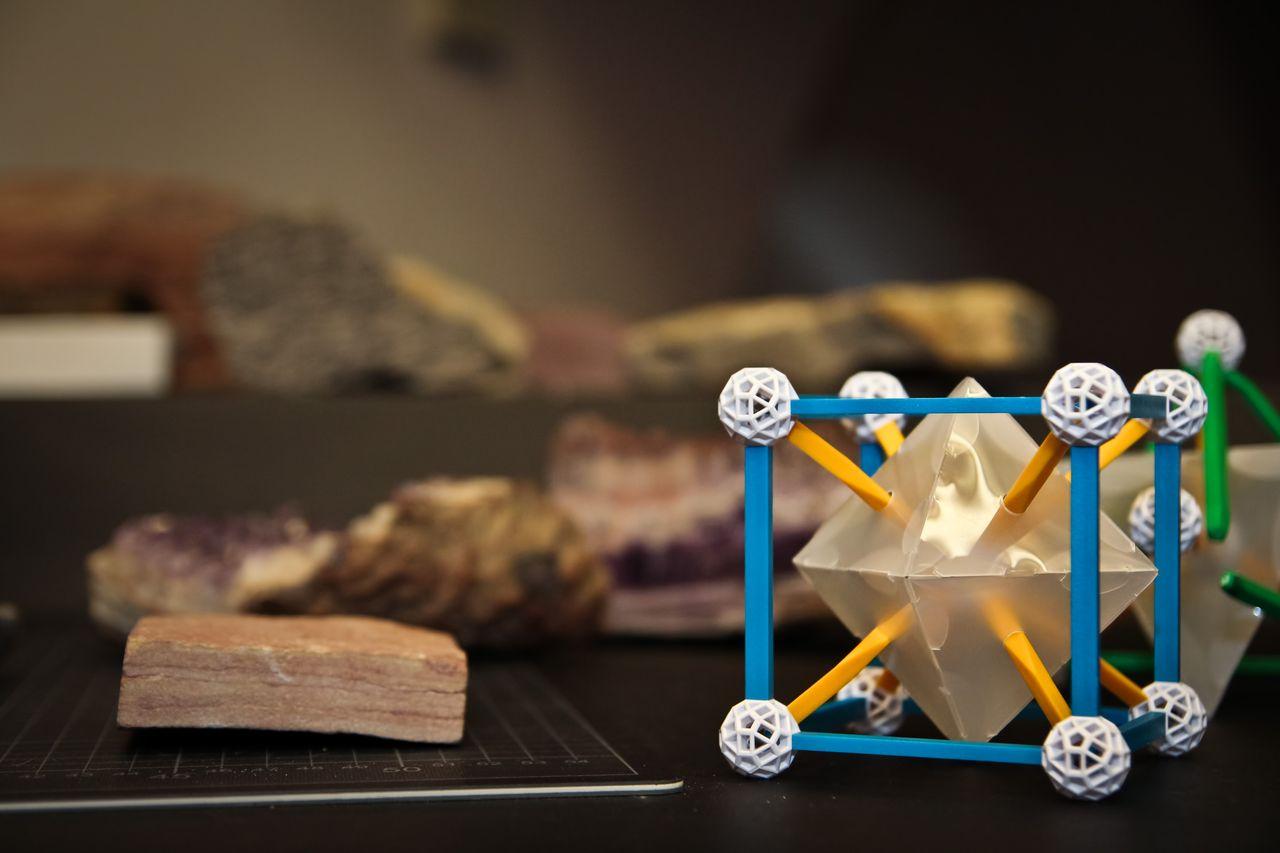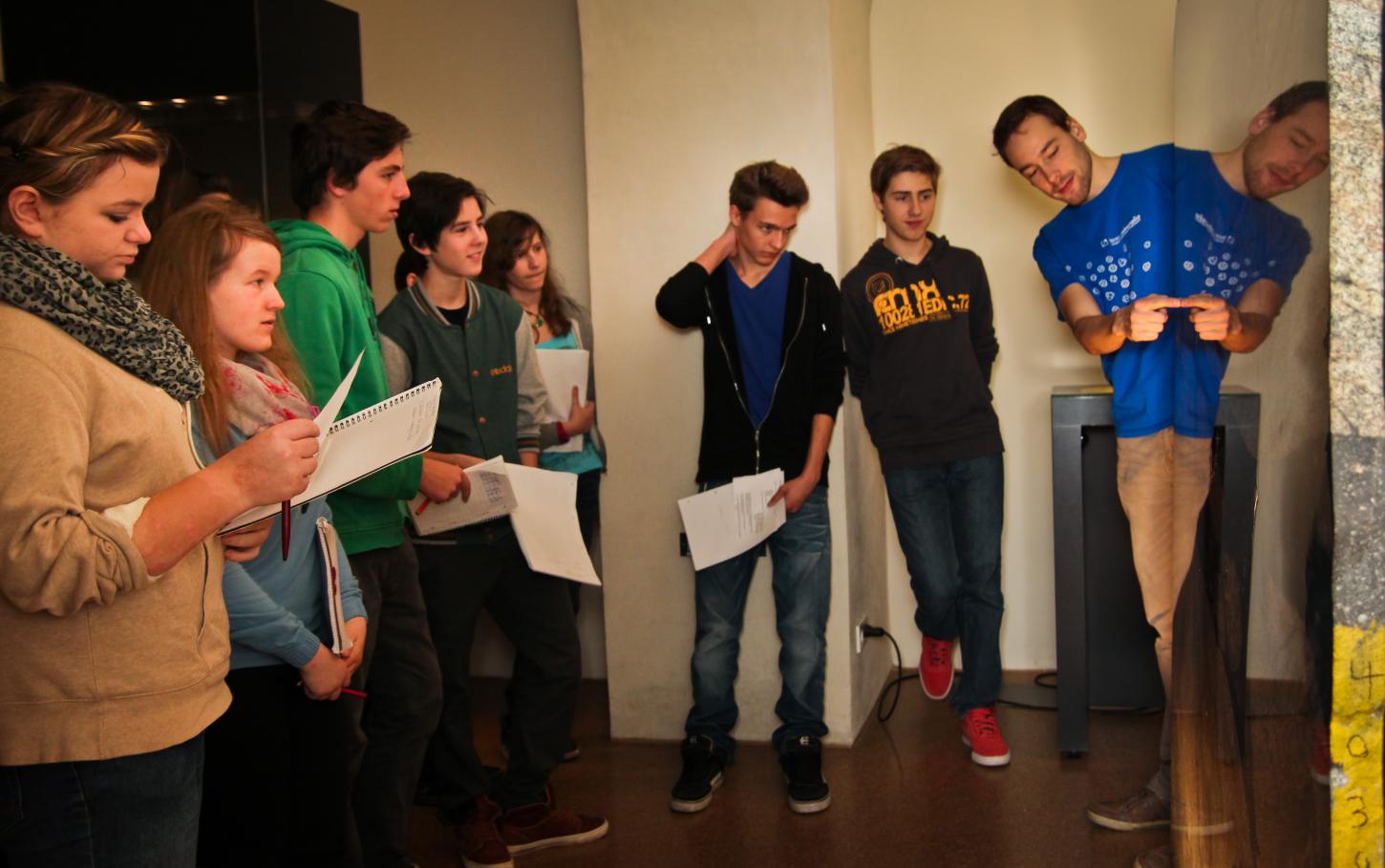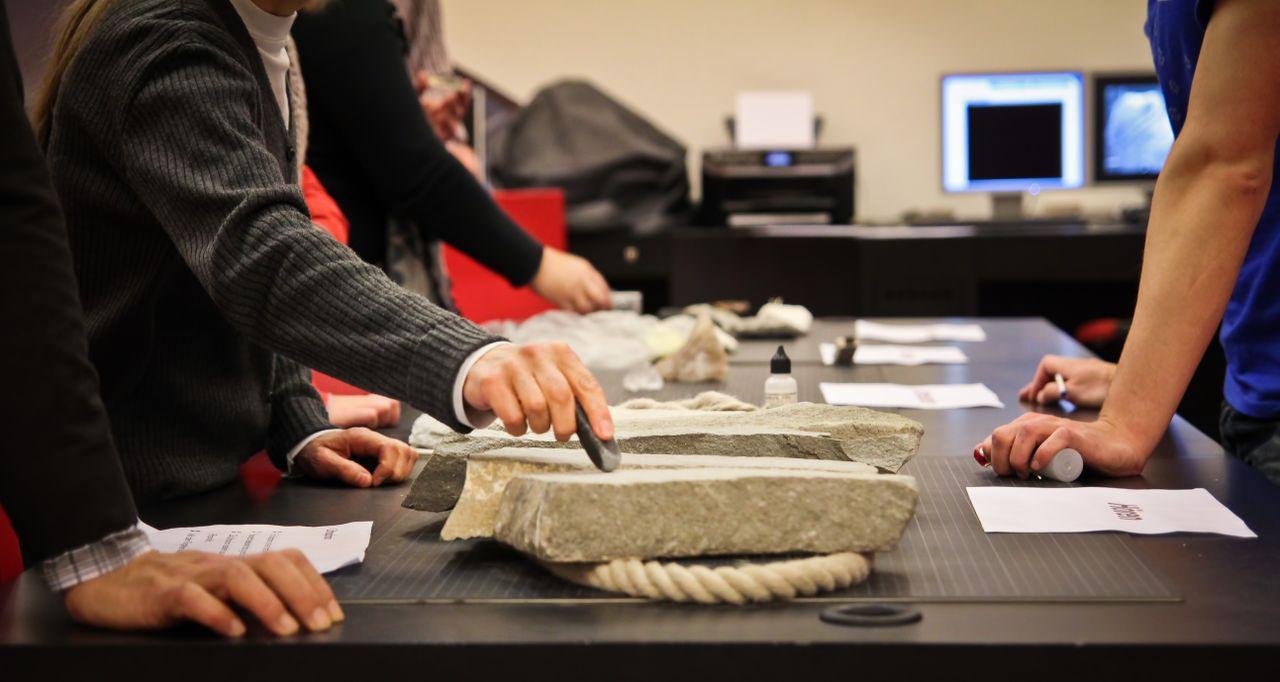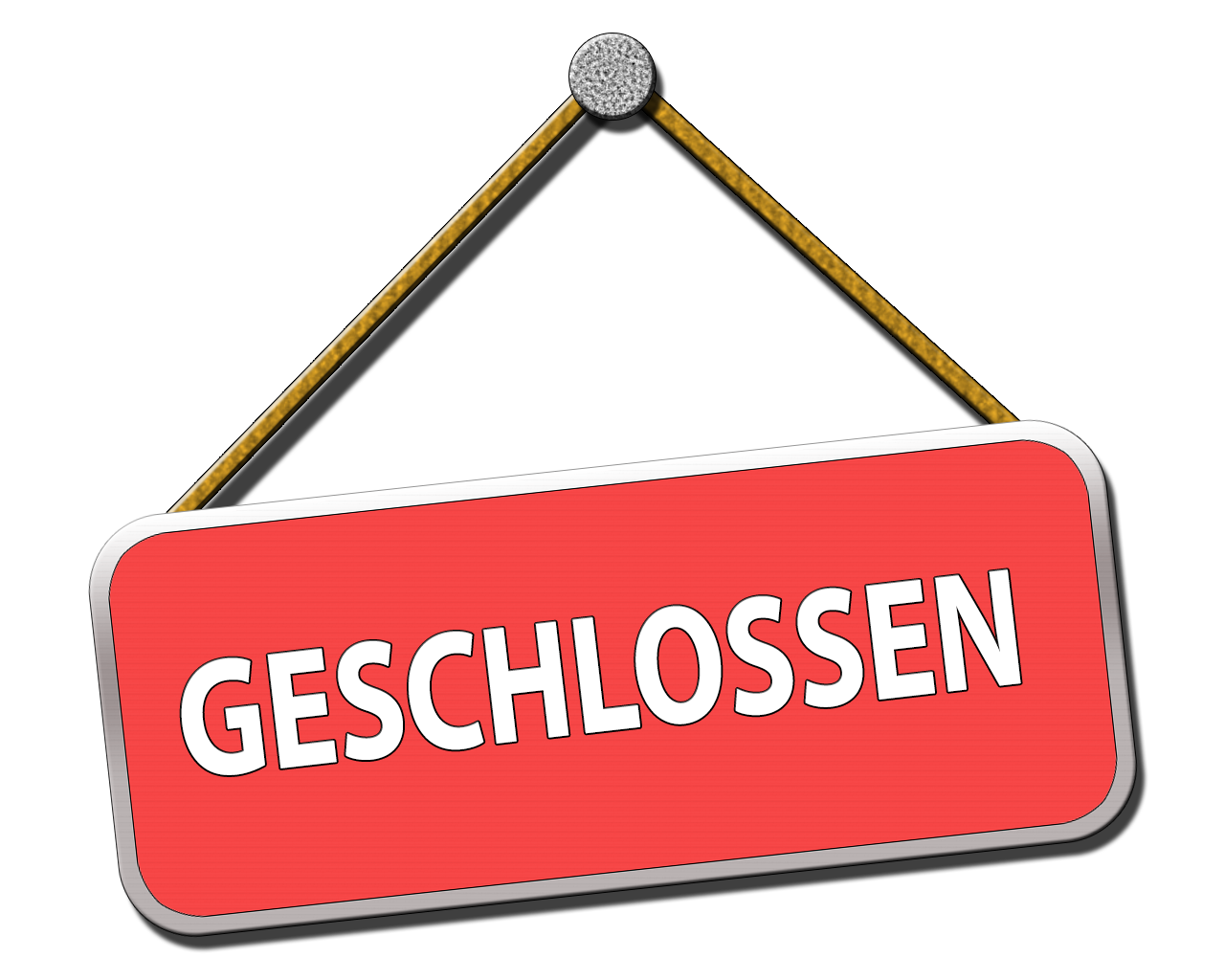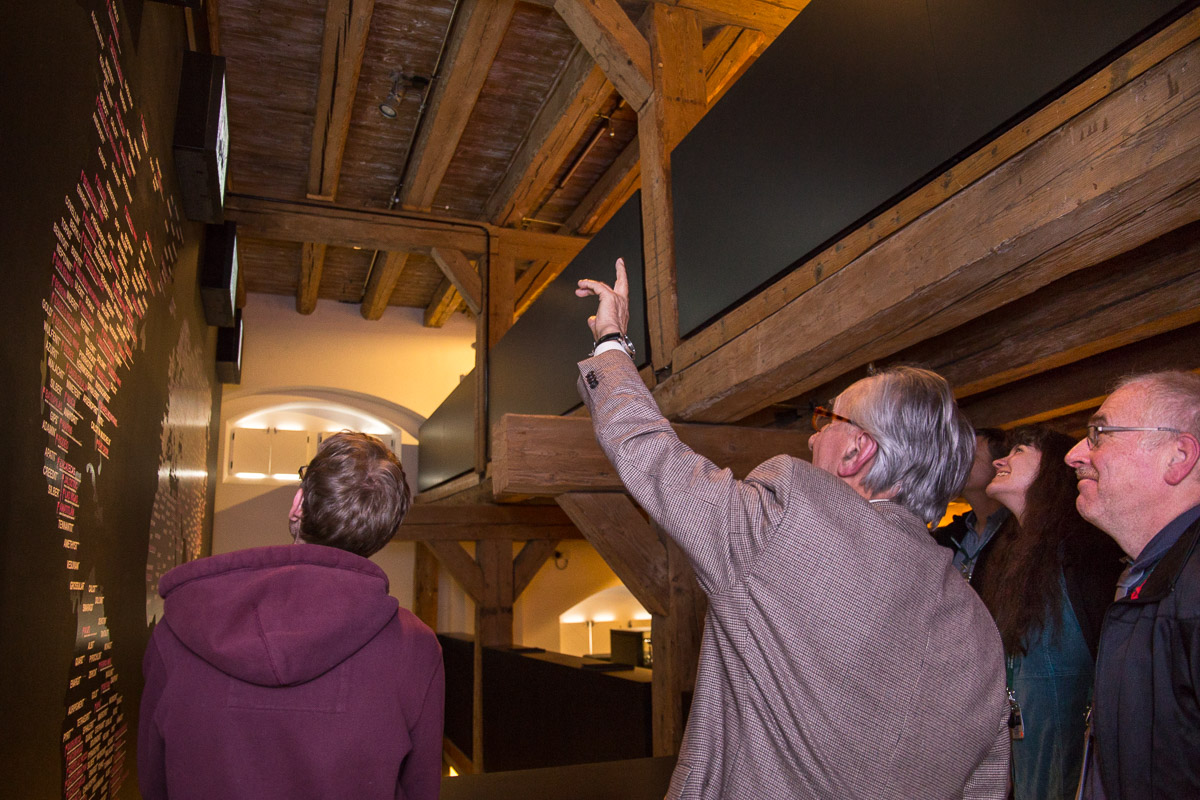All grades
Mineralogy for beginners
What are minerals? Where do their fascinating colours and amazing shapes come from? Do minerals have any use for us? On a discovery-filled tour through the exhibition, the pupils learn everything they need to know about the beauty, diversity and use of minerals.
Only the Mineralogy for Beginners guide is available in English. The other school programmes can only be booked in German.
- Curriculum
-
Suitable for all ages from secondary school
- Time
-
Duration: 1.5 hours
Stay: 2 hours - Organisational format
-
Join in guided tour
- Location
-
terra mineralia at Freudenstein Castle
- Costs
-
65.00 Euro per school class plus entrance fee
Combi programme
Each school programme can be combined with the Mineralogy for Beginners student tour.
- Time
-
Duration: 2.5 hours
Stay: 3.5-4 hours (incl. break) - Location
-
terra mineralia at Freudenstein Castle
- Costs
-
110.00 euros per school class plus admission.
Classes with less than 20 pupils receive a discount.
From grade 5
A stone?
What does ‘rock’ mean? What do they consist of? How can they be distinguished? Granite, basalt, sandstone and gneiss serve as examples of stone’s characteristics. In addition, their composition is explained. Natural occurrence of the four Saxon stones is located on a topographic map. Finally, the use is demonstrated in order to get a homeland affiliation. So, which kind of stone was used for the reconstruction of the Frauenkirche in Dresden?
- Curriculum
-
Geography
OS Gr. 5 LB 6 - Low Mountain Range
GYM Gr. 5 LB 6 - Low Mountain Range. LBW 3 - Field trip in the home area - Natural environment - Time
-
Duration: 1.5 hours
Stay: 2 hours - Organisational format
-
Group work and conversation
- Location
-
terra mineralia at Freudenstein Castle
- Costs
-
75.00 Euro per school class plus entrance fee
From the OREmountains
Why is the mountain range on our doorstep named after ore? What do ores have to do with minerals? Which ores were so important that the Erzgebirge received the title UNESCO World Heritage? The pupils discover which minerals were mined in their homeland, which objects were created from them and which important inventions they led to.
- Curriculum
-
Geography
OS Gr. 5 LB 6 - Low Mountain Range, LBW 3 Field Trip in the home area - The natural environment
GYM Gr. 5 LB 2 - Orientation in Germany, LB 6 - Low Mountain Range, LBW 3 Field Trip in the home area - The natural environment - Time
-
Duration: 1.5 hours
Stay: 2 hours - Organisational format
-
Group work and conversation
- Location
-
Mineralogical Collection Germany in the Krügerhaus
- Costs
-
75.00 Euro per school class plus entrance fee
From grade 6
The volcano is bubbling!
Where do volcanoes come from? Is one volcano like another? What exactly happens when it erupts? What minerals can I find there? Models, small games and exciting experiments show the pupils what is hidden behind the legendary mountains of fire. Finally, the mineral diversity of volcanic deposits is discovered in the exhibition.
- Curriculum
-
Geography
OS Gr. 6 LB 6 - In the South of Europe
GYM Gr. 6 LB 6 - In the South of Europe
GYM Gr. 7 LB 1 - Movement and structure of the earth - Time
-
Duration: 1.5 hours
Stay: 2 hours - Organisational format
-
Group work and conversation
- Location
-
terra mineralia at Freudenstein Castle
- Costs
-
75.00 Euro per school class plus entrance fee
From grade 8
Plato inside a crystal
If minerals crystallize, special structures and shapes emerge. There are more than 200 crystal forms and, among them, five stand out by regularity: the platonic solids. Pupils deal with those regular polyhedra and, by using ‘Euler characteristic’, find out their specific attributes. As practical application, the surface of a pentagondodecahedron is calculated. This platonic solid is tinkered by pupils as well. Finally, the crystal forms are observed in real life.
- Curriculum
-
Mathematics
OS Gr. 8 LBW 3 - Polyhedra
GYM Gr. 7 LBW 3 - Platonic solids - Time
-
Duration: 1.5 hours
Stay: 2 hours - Organisational format
-
Group work and conversation
- Location
-
terra mineralia at Freudenstein Castle
- Materials
-
Please bring a ruler, calculator and Mathematical table!
- Costs
-
75.00 Euro per school class plus entrance fee
A world of silver?
Silver is valuable because it was used to make coins and jewellery, and it is also found in almost all areas of our lives. This is due to its special properties. The students get to know the mineral silver in all its variations: From its modern application in electrical engineering, medicine or as food to its historical significance for minting coins and mining in the Ore Mountains, which led to the title of UNESCO World Heritage Site for the Ore Mountains.
- Curriculum
-
Chemistry
OS Gr. 8 LB 1 - Substances that surround us
GYM Gr. 7 LB 2 - Metals - from aluminium to zinc.Geography
OS Gr. 10 LWB 2 - All about Saxony's mineral resources
GYM Gr. 11 (GK) LB 4 - Resources and their use
GYM Gr. 11 (LK) LB 7 - Use, endangerment and protection of resources - Time
-
Duration: 1.5 hours
Stay: 2 hours - Organisational format
-
Group work and discussion
- Location
-
Mineralogical Collection Germany in the Krügerhaus
- Costs
-
75,00 Euro per school class plus entrance fee
From grade 9
Carbon: from graphite to diamond
Carbon is the most important element in life. Its most famous modifications are graphite and diamond. Pupils work on knowledge regarding development, structure, atomic structure and their use. Further, not only historic relations, e.g. the emergence of the measuring unit carat, are explained but also modern aspects, e.g. synthetic production of diamonds.
- Curriculum
-
Chemistry
OS Gr. 9 LBW 3 – The element carbon
GYM Gr. 8 LB 2 – Chemical compound
GYM Gr. 9 LB 2 – From carbon to limestone - Time
-
Duration: 1.5 hours
Stay: 2 hours - Organisational format
-
Group work and discussion
- Location
-
terra mineralia at Freudenstein Castle
- Costs
-
75.00 Euro per school class plus entrance fee
From quartz to glass
Quartz is one of the most common minerals of the earth’s crust. It is a base material regarding glass-making. Pupils learn which changes occur during processing into glass. In addition, they learn which types of glass exist and how they are used in everyday life.
- Curriculum
-
Chemistry
OS Gr. 9 LBW 1 - Glass and ceramic materials
GYM Gr. 11 (LK) LBW 1 - Glass - From sand to window pane - Time
-
Duration: 1.5 hours
Stay: 2 hours - Organisational format
-
Group work and discussion
- Location
-
terra mineralia at Freudenstein Castle
- Costs
-
75.00 Euro per school class plus entrance fee
From grade 10
The rocks cycle
The origin of igneous rocks, metamorphic rocks and sediments are in the focus of interest. According to their development, rocks show a characteristic structure and, therefore, they can be distinguished. By those basics, pupils can identify as well as classify different samples. So, pupils get a basic insight into petrography.
- Curriculum
-
Geography
OS Gr. 10 LB 1 - The local landscape in the system of the geographical zones
GYM Gr. 11 (GK) LB 1 - Geodynamic processes
GYM Gr. 11 (LK) LB 2 - Theories of geodynamics - Time
-
Duration: 1.5 hours
Stay: 2 hours - Organisational format
-
Group work and discussion
- Location
-
terra mineralia at Freudenstein Castle
- Costs
-
75.00 Euro per school class plus entrance fee
Minerals from Germany
Which minerals can be found where in Germany? How are our low mountain ranges structured? What mineral raw materials are hidden there? In groups, individual German low mountain ranges and deposits are explored geographically and geologically. Each group presents its findings to the class plenary in a short guided tour.
- Curriculum
-
Geography
OS Gr. 10 LBW 2 - Around the mineral resources of Saxony
GYM Gr. 10 LB 2 - Landscape Saxony - Time
-
Duration: 1.5 hours
Stay: 2 hours - Organisational format
-
Group work and discussion
- Location
-
Mineralogical Collection Germany in the Krügerhaus
- Costs
-
75.00 Euro per school class plus entrance fee
